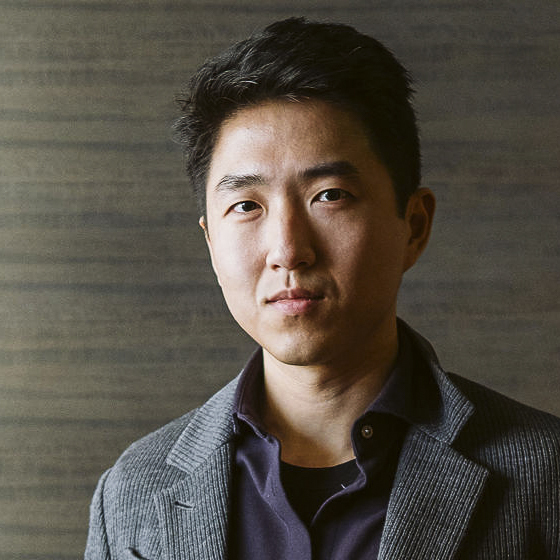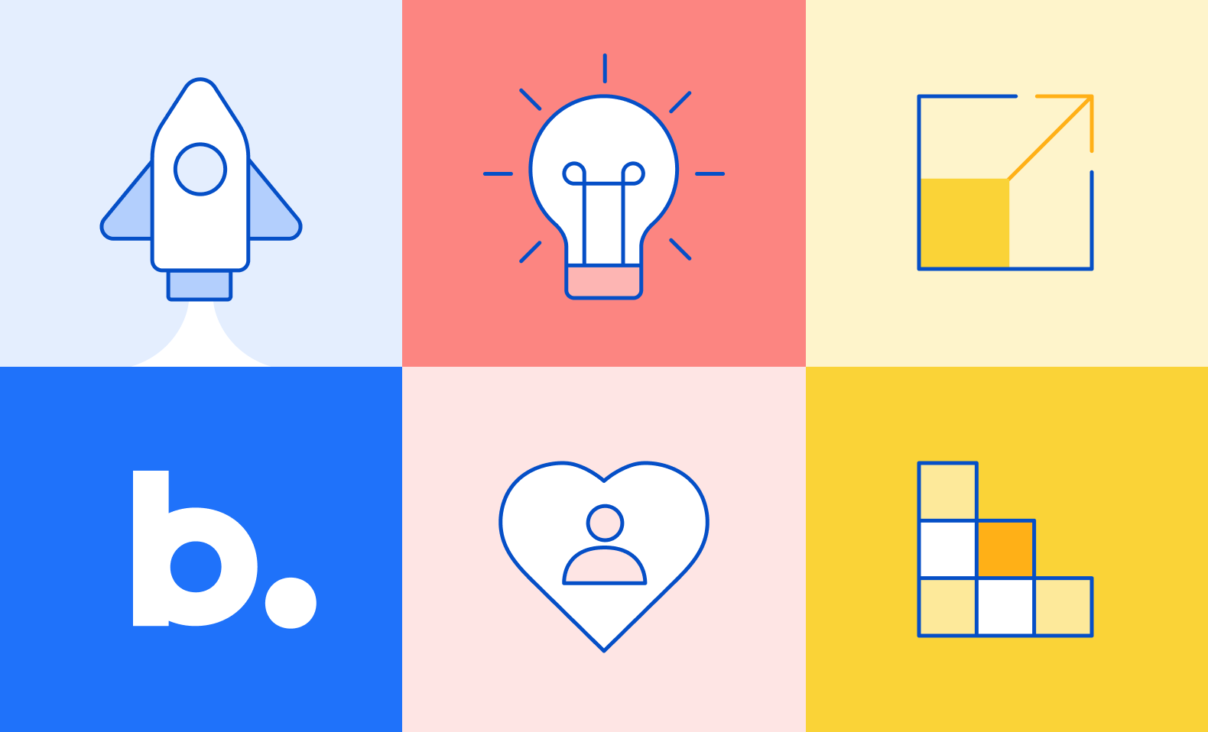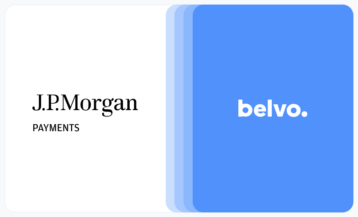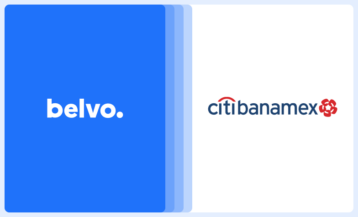Ray Shan, VP of Product at Belvo, shares the work that goes into building the leading Open Finance API platform in Latin America.
Many of us at Belvo were fintech builders and operators. We founded Belvo to build new infrastructure for the next generation of fintech startups. We are also a young startup ourselves, so we have the same exciting challenges building from zero to one just like you. In this process, we learned four things that work when we build products at Belvo.
Table of Contents
- Think Big
- Do things that don’t scale
- Local solutions for local customers
- Build the company that builds products
- Becoming a Product Manager
Think Big
Thinking big is the top product principle that guides us to make decisions day-to-day. At Belvo, our mission is to democratize access to financial services in Latin America. To democratize means to make something accessible to everyone, so we measure our impact in percentages of the population. So far, just 1% of the 500 million adults in Latin America use our products. We’d like to reach them all. Having a big vision like this helps us attract talent who likes to solve tough problems, build a standout brand, and be backed by long-term investors big.
We like to work with product builders that think big, so we test for this competency in our hiring process. Here are some questions we ask candidates who want to work with products at Belvo:
- What’s the biggest problem you’ve worked on?
- Why was the problem meaningful?
- Why was your solution different?
- What does the world look like when the problem is solved?
Financial data has traditionally been kept behind the walls of financial institutions. We want to make you the owner instead – banks are just custodians of your money and your data. Fast forward five years, we believe this is what consumer data privacy and portability look like in Latin America. How can we build the infrastructure and user experiences in that world?
Do things that don’t scale
Thinking big does not mean that we can’t start small and learn fast. Many companies with a big impact on the world did both when they were young. For example, when Microsoft was founded in the 1970s, they built BASIC interpreters for local hobbyists; in Airbnb’s early days, the founders used their personal cameras to take high-quality photos for their hosts, so the hosts can have high converting listings on the marketplace. Microsoft and Airbnb learned from a small niche of passionate customers before they grew into the business they are today.
When we went through the Y Combinator program, we learned their version of starting small: “do things that don’t scale”. We practice this to test our value hypothesis (why would anyone use our product?) before we earn the right to test our growth hypothesis (how would lots of customers find and use our product?) Every company had 1 customer before they had 10, and 10 customers before they had 100. We treasure the days when we had few customers – that was our superpower. We can concierge each one of them, test our ideas with them, and win them as ambassadors of our products.
Local solutions for local customers
When I joined Belvo, I heard our customers frequently asking us: “Belvo looks great, but how do I use it?” This caught me and our fintech operators from other regions by surprise: how would a personal financial management app work without a solution like Belvo, Plaid, or Tink?
We learned that we needed to educate our market to achieve our mission. Simply saying that “Europe and the U.S. did this” wasn’t enough. We had to show the value of accessing financial data through our APIs, enriching data, how to use this data, and evangelize for our solution. We built a team with two-thirds of our talent in Latin America.
Our customers are fintech and banks, but being local also means that we tend to stakeholders beyond our customers., We work within government regulators’ guardrails, and we design products that are used by consumers and businesses our customers serve every day.
Learn what customers need and work backward from there. We found this to work well when we build products at Belvo, and so did others.
90% of the features developed come directly from hearing about what our customers need. The other 10% comes from being close enough to customers that we can invent on their behalf when they don’t, or can’t, articulate those needs.
Daniel Slater on Amazon Web Services’ culture
Build the company that builds products
Tesla sees its factories as the machines that build the machines. We see our company as the ultimate product, one that helps us build great products at Belvo time and time again. Like all fast-growing startups, we spend a lot of time tinkering with our company: how we champion a culture where innovation comes from everyone, how we decide with principles, and how we hire. Let’s dive into hiring.
At Belvo, we hire people who have the potential to be great Product Managers, even if they don’t come from this background, as is the case with many of us, including myself. We do this by running a transparent, equitable hiring process. We begin by briefing every candidate on our process, what we test for, and example questions we may ask. All candidates have an equal chance to prepare, and we apply a consistent standard to all. We work hard to avoid unconscious bias by forming our interview panels and sourcing candidates from under-represented groups.
On average, we interview 20 candidates to hire one Product Manager. During the interview, we test for:
- Product sense: can you be thoughtful and creative, turning ambiguous problems into great products?
- Product execution: can you use data to build products and measure success?
- Team fit: are you the right person to build this product?
Becoming a Product Manager
Being a Product Manager is hard. It’s a human job, and human emotions are hard. It’s also a numbers job, you run many experiments, and few will be impactful. But being a PM can also be fulfilling. I am happy when people use the products I build.
If you’d like to join me on the PM career path, I say try it. Good news: you don’t need permission from anyone, a company, an engineer, or a designer to build your own product. Find something that bothers you and a way to make it better. Build a spreadsheet to analyze your finances. Join an open-source software project and build a roadmap. You will come to the interview with an advantage: when you have something to show, you tell a better story. Then you will learn quickly if PM is the right job for you.
When you are ready, come interview for Belvo. We are always looking for Product Managers at all levels.
See more about how we build products at Belvo at my participation during Open Views 22.




